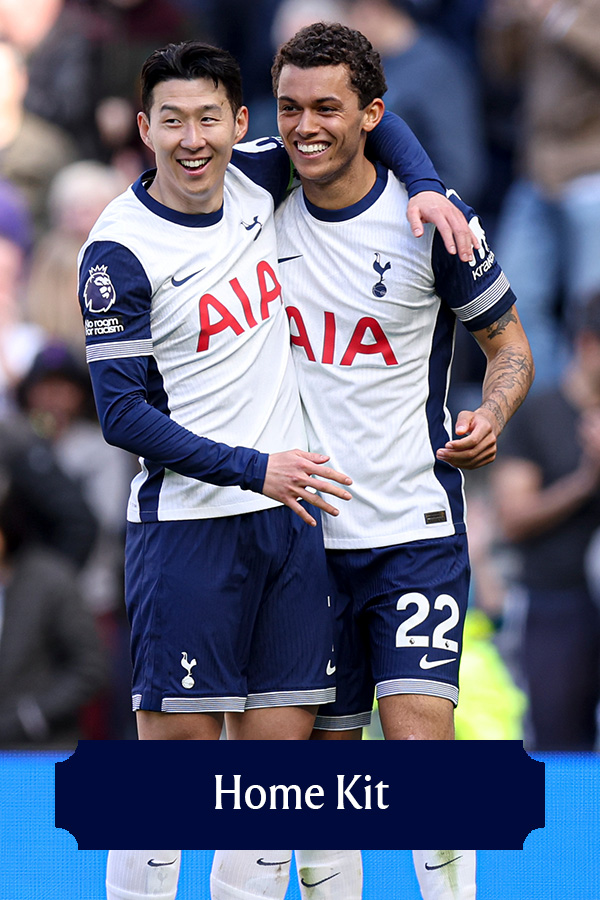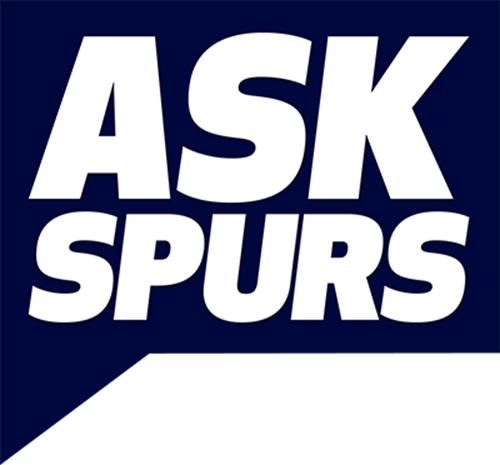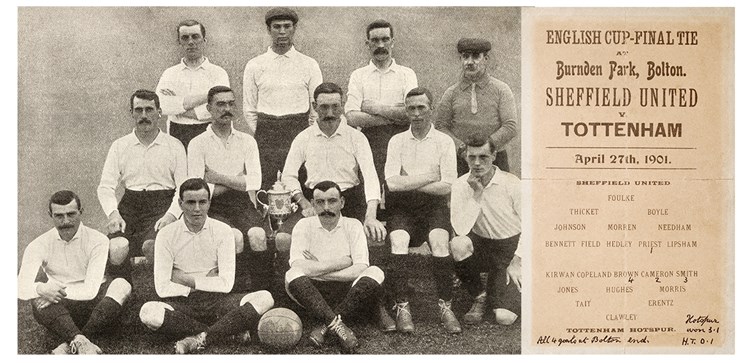
1901 - the year we beat the Blades to make FA Cup history
Wed 01 March 2023, 11:15|
Tottenham Hotspur
We first met Sheffield United in the FA Cup in 1901. That year’s final and replay - 20 and 27 April - are dates ingrained in both Spurs and football history as we became the first non-league club to win the sport’s most famous trophy. It’s a feat that hasn’t been repeated since, and isn’t likely to be, either!
As we prepare to meet the Blades again this evening, this time in the fifth round at Bramall Lane, we take a look back at that historical achievement.
Hopes were high going into the 1900/01 season. In the previous season 1899/1900, we’d performed well in what was a huge FA Cup first round tie against Preston North End, one of the great teams at the time, a narrow 1-0 loss, and gone on to clinch the Southern League title. Interestingly, we would meet Preston again on our road to the final in 1901...
Here, we re-run a fascinating insight into that 1901 FA Cup triumph written by Andy Porter, our former Club Historian who sadly passed away in 2014.
1901 – how the FA Cup was won...
Expectation had been high for season 1899-1900 yet when the FA Cup draw was made, we were paired with the famous Preston North End in round one. Most onlookers agreed that we were unlucky to lose 0-1 at Deepdale. Compensation came with the Southern League Championship shield, decided on the final day.
The next issue of the Tottenham Weekly Herald, dated May 4, carried a poem from a female fan ‘M.E.J.’ concluding with the lines: “But buck up, Spurs, and be the first, as champions of the South, to bring the Cup to Tottenham next year.”
A separate piece carried editorial comment thus: “Saturday evening gave us a good idea of what is in store when the Spurs bring the FA Cup to Tottenham.”
Also, in a piece on (player-secretary-manager) John Cameron: “Perhaps next season he will see that the cup is brought to London.”
In his notes under ‘The Progress of the ‘Spurs’ in the club handbook for season 1900-01, ‘The Old Crock’ wrote: “In conclusion let me express the hope that when this season’s record is made up it may be even brighter than the last, and that we may be able to bring down the High Road next April that magic little ‘pot’, the securing of which necessitates a visit to the big glass house at Sydenham.”

Even before a ball had been kicked in the cup, on January 11, 1901 the Herald stated: “All indications point to this being a ‘cup’ season for the Spurs. May it be so!”
The make up of the Football League was much different then. There were only two divisions with 18 clubs in each. Division One consisted entirely of midland and northern clubs with Woolwich Arsenal the only southern members of Division Two. The northern clubs certainly looked down on their southern counterparts - there was more interest shown in the game there than in London and the south - yet the standard of Southern League Division One clubs was probably on a par with those in the Second Division of the Football League.
In addition to the Southern League, our senior team also competed in the Western League for the first time during season 1900-01. We could hardly claim a cup pedigree at the time, our best performance to date being an appearance in the final of the Wellingborough & District Charity Cup of 1897. Two league titles had come our way; the reserve team winning the London League of 1898-99 followed a year later by the Southern League success.
219 teams entered the FA Cup that season, from Howden-le-Wear to Harwich & Parkeston, Wath Athletic to Wombwell Town. Some clubs had to play their way through the qualifying rounds but, having reached the quarter finals in 1899, we were amongst the exemptions until round one, equivalent of today’s fourth round.

Our first round tie with Preston was delayed as all football was suspended for seven days following the death of Queen Victoria on January 22, four days before the scheduled date.
Due to a colour clash our players wore blue and white striped shirts. The visitors took the lead, against the run of play, through McMahon on 28 minutes. Man of the Match Jack Kirwan centred for Sandy Brown to head the equaliser nine minutes from time.
The midweek replay at Deepdale saw some enthusiastic supporters pay a reduced rate of 21/9 (£1.09) for a return ticket on the railways. They were rewarded when John Cameron gave us a sixth minute lead with Brown adding two more before the break. Becton made it 3-1 then Brown completed his hat-trick. Ex-Spur Tom Pratt notched a second for Preston.
Holders Bury - 4-0 winners over Southampton in the 1900 FA Cup Final - went 1-0 up within a few minutes of the second round tie. Tom Smith, on the right flank, crossed for Brown to shoot home on the half hour and the same combination set up the winning goal, Brown’s header bringing cries of ‘Good old Smith’ and ‘Bravo, Brown’ from around the ground. Twenty policemen were on duty to control our first ever 20,000-plus crowd.
3,000 supporters travelled to Reading in round three. A then record crowd for Elm Park crammed into their enclosure. Reading took a 15th minute lead with an Evans shot from 20 yards. Kirwan levelled soon after the interval with a snapshot that took Cotton by surprise. We survived a strong penalty appeal when, with George Clawley beaten, Sandy Tait appeared to fist the ball away from the goal line.
Replayed on the following Thursday afternoon, we went 1-0 up through David Copeland after seven minutes, by half time Brown had added a second and on 52 minutes scored a third.

Many fans had reservations of playing the semi-final against West Bromwich Albion on their own doorstep at Villa Park, but the club readily agreed to the proposal. Supporters bedecked with their blue and white Spurs rosettes turned out in their thousands on Easter Monday with a bargain return fare by rail of seven shillings (35 pence). Following a goalless first half, the game burst into life five minutes after the resumption, Brown heading home a Kirwan cross. On 61 minutes he notched a second, his third fairly screamed in from 30 yards and he completed the scoring 10 minutes from time.
The final attracted a then world record football crowd (110,820) to the Crystal Palace grounds. Previously, the best for the cup final was 73,833 for Sheffield United against Derby County in 1899.
Our players prepared for the final by staying at the Royal Forest Hotel, Epping Forest. They lunched at Chingford before boarding a train to Liverpool Street. There, a four-in-hand coach took them directly to Sydenham.
With the sun in their faces and playing against the wind, Spurs went a goal behind after 10 minutes, a 20-yard shot from Priest putting Sheffield United ahead. Brown headed level 13 minutes later and put us in front six minutes after the break with a rasping shot. Barely 60 seconds later, a contentious decision by referee Mr. Kingscott saw United draw level. Lipsham got away on the left, his shot was fumbled by Clawley and Bennett charged the ‘keeper. The ball went behind. A linesman signalled for a corner kick, Clawley placed the ball for a goal kick and the referee awarded a goal! By his reckoning the ball had crossed the line when Clawley had been unable to hold Lipsham’s effort. Curiously, all the record books credit Bennett as the goalscorer.

The replay was due to be held at Goodison Park, but Liverpool objected as they were also at home that day. Both clubs were happy with Villa Park, but the FA chose Burnden Park, Bolton with a possible second replay to be at Molineux, Wolverhampton. The team spent several days preparing at Southport.
With no special rates available on the railways, few fans bothered to make the journey northwards. Two trains were arranged by Messrs. Cook, one departing South Tottenham at 23.25 on Friday evening, the other at 06.25 on the morning of the match.
United again scored first through Priest, five minutes before the interval. Cameron equalised 10 minutes into the second half, Smith slotted home a second and Brown headed a third seven minutes from time.
Skipper Jack Jones received the trophy from FA President Lord Kinnaird before the team boarded the 19.00 train to London. On arrival at South Tottenham station, it took 90 minutes for them to reach the players’ clubhouse on White Hart Lane, eventually getting there through the massed crowds at 02.00 on Sunday.

The season still wasn’t over. Two more Southern League fixtures had to be played. Indeed, a second XI had played Gravesend United at White Hart Lane on the same day as the replay. Several of the victorious team turned out at Luton on the Monday before making their way to the ground where an outdoor fete was held in the evening. The trophy was on display, guarded by Jack Jones and director Morton Cadman. Animated photographs were shown on a sheet erected in front of one of the large stands. Admission charged was 6d (three pence) for adults and 3d for boys. Receipts amounted to £250.
Having been paid a £10 bonus for winning the semi-final, the players, then on a maximum wage of £4 per week, were given a £24 per man bonus for becoming the first southern team to win the cup since 1882 when Old Etonians had defeated Blackburn Rovers. The club did well financially, with their estimated share of the semi-final and final receipts being £2,450.
‘The Progress of the ‘Spurs’ in the 1901-02 club handbook included the following extract: “The winning of the Cup last year was an achievement which will stand out for all time in the annals of the Club. A brilliant series of victories led up to final triumph and these without a doubt demonstrated the ‘Spurs to have become, on their day, one of the finest, if not actually the best side playing… the success of the team in the Final was the signal for a remarkable outburst of enthusiasm throughout the north of London, which easily eclipsed anything of the kind ever witnessed before in the district.”

The players
Goalkeeper - George Clawley
94 appearances (84 Southern League; 12 FA Cup) 1899-1903
Previous experience with Crewe Alexandra, Southampton and Stoke. Returned for a second spell with Southampton. The only member not to survive for the reunion when the cup was won 20 years later, passed away in 1920.
Right Back - Harry Erentz
151 appearances (130 SL; 21 FAC) 1898-1904
Scotsman of Danish extraction. Played for Dundee, Oldham County and Newton Heath before coming to Tottenham and for Swindon afterwards.
Left Back - Sandy Tait
238 appearances/3 goals (202/3 SL; 36 FAC) 1899-1908
From the Ayrshire mining village that produced several top players. Featured for Rangers, Motherwell and Preston prior to Tottenham. Succeeded Jones as Spurs captain in 1904 and coached Swedish club IFK Norkopping during the 1905 close season.
Right Half - Tom Morris
342 appearances/24 goals (240/21 SL; 39/1 FAC; 63/2 Football League) 1899-1912
Previously with Gainsborough Trinity, the only man to bridge the gap between the 1901 win and our entry into Football League membership. Also, our most local born cup winner, 100 miles away! Worked on the club groundstaff from 1919 until his passing.
Centre Half - Ted Hughes
180 appearances/10 goals (149/8 SL; 31/2 FAC) 1899-1907
Capped 14 times by Wales, initially during his spell with Everton. Later played for Clyde before running a public house at Enfield Highway.
Left Half - Jack Jones
163 appearances/6 goals (132/6 SL; 31 FAC) 1897-1904
Captained both club and country, winning 21 caps for Wales. Our first player to receive international recognition in February, 1898. Played previously for Stoke, Grimsby Town and cup final opponents Sheffield United.
Outside Right - Tom Smith
108 appearances/19 goals (88/17 SL; 20/2 FAC) 1898-1902
Had a three-year spell at Preston before coming to Tottenham and returned there after initially retiring from the game in 1902. The family connection with the cup continued in 1946 when one of his sons refereed the final.
Inside Right - John Cameron
136 appearances/51 goals (111/44 SL; 25/7 FAC) 1898-1904
The first player/manager to win the trophy, he was also club secretary and continued as manager until 1907. Capped once by Scotland whilst with Queens Park he also played for Everton. In 1930 he won a three guinea (£3.15) prize from the Athletic News describing his greatest thrill winning the cup at Bolton.
Centre Forward - Sandy Brown
57 appearances/43 goals (46/28 SL; 11/15 FAC) 1900-1902
Record holding FA Cup goalscorer whose previous experience was with St. Bernards, Preston and Portsmouth. Returned to Fratton Park, capped once at Middlesbrough and played for Luton Town. Later emigrated to Auckland, New Zealand.
Inside Left - David Copeland
160 appearances/42 goals (140/39 SL; 20/3 FAC) 1899-1905
Previously with Walsall and Bedminster he later played for Chelsea and Glossop as well as a second spell at Walsall. Subsequently served us as a scout in the Birmingham area.
Outside Left – John Kirwan
178 appearances/41 goals (154/39 SL; 24/2 FAC) 1899-1905
Irish international winning 17 caps. Signed from Everton he later played for Chelsea. Coached abroad either side of the Great War with Ajax (Netherlands) and Livorno (Italy). Kept the match ball used in the 1901 replay.
The two forgotten men of the 1901 cup run are Jimmy McNaught and Bob Stormont. Both featured in the first Preston game, McNaught, then captain, sustained an injury with Hughes taking his place for the replay. Jones came in at the expense of Stormont having at the time been playing in a more forward role. The cup team remained unchanged for the rest of the campaign.

